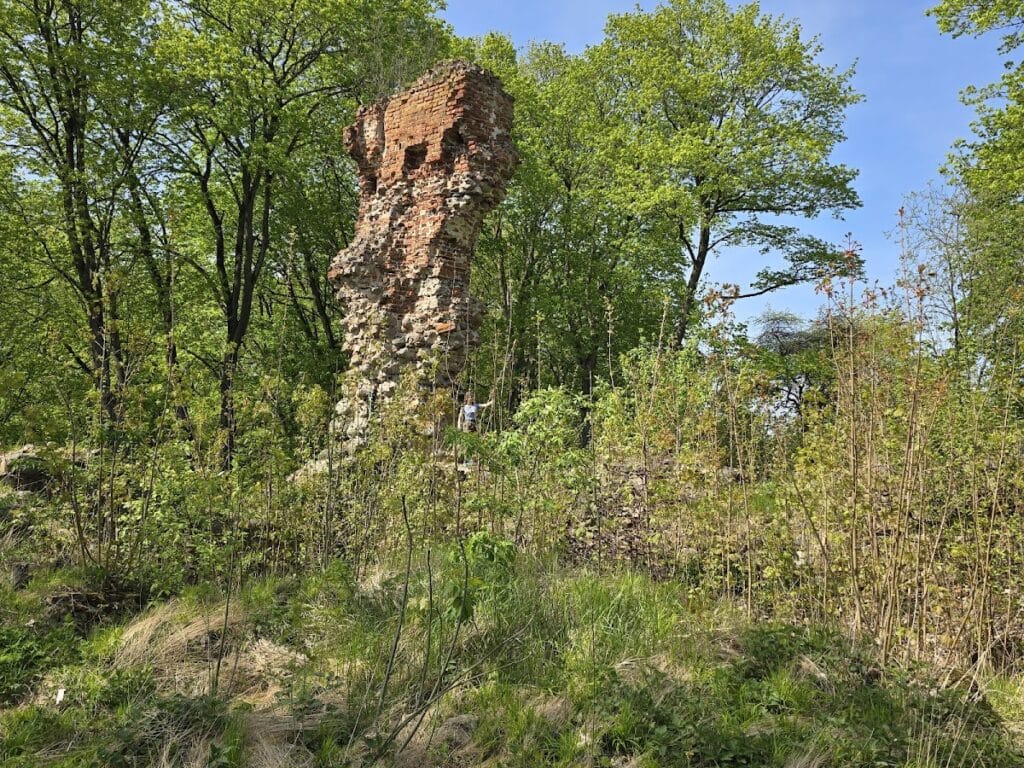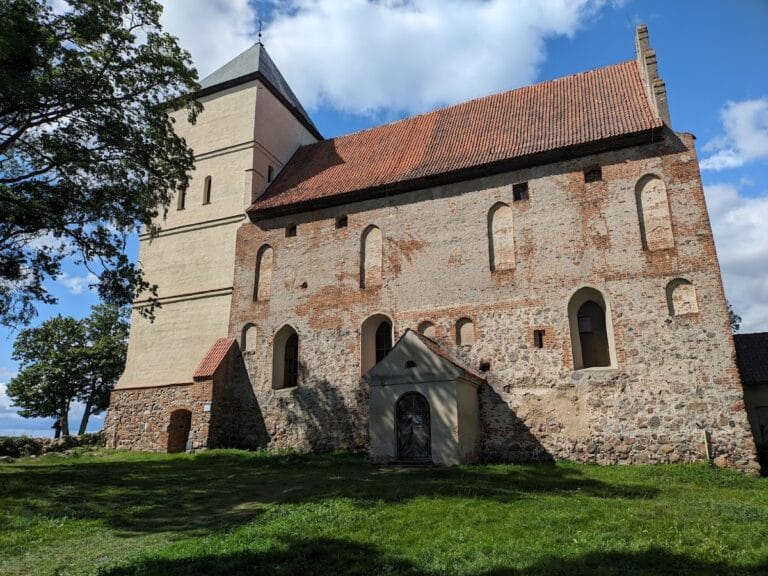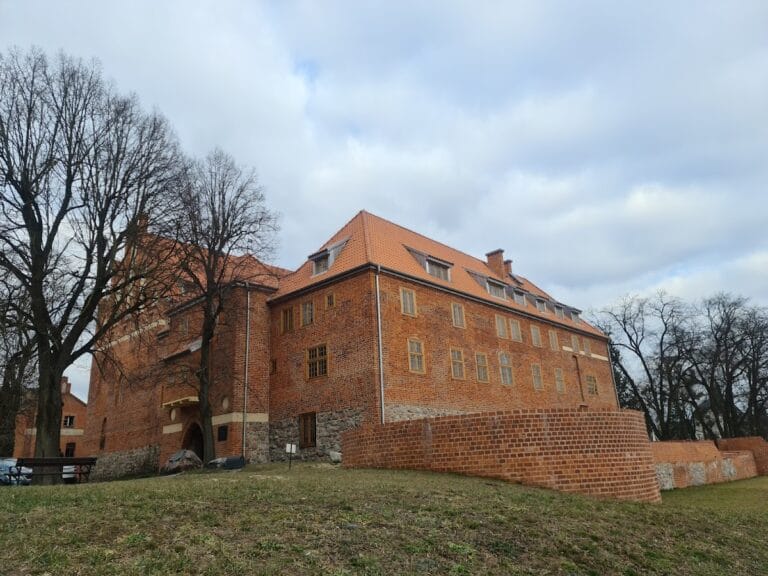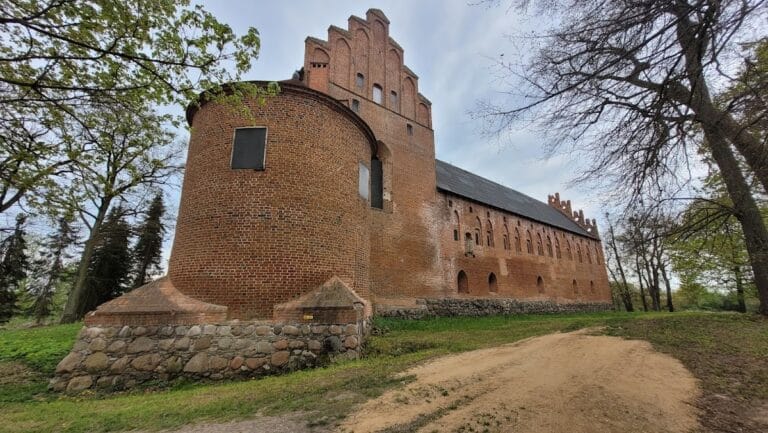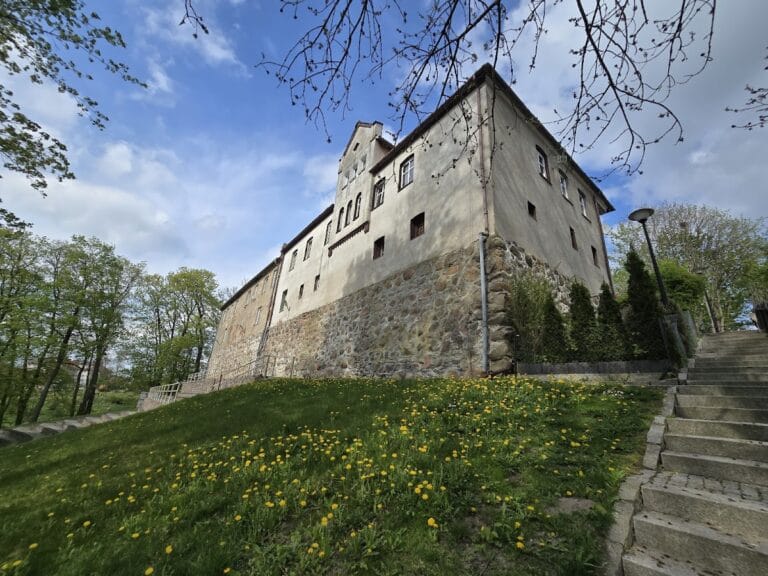Szestno Castle: A Teutonic Order Fortress in Poland
Visitor Information
Google Rating: 4.1
Popularity: Low
Google Maps: View on Google Maps
Country: Poland
Civilization: Medieval European
Remains: Military
History
Szestno Castle, originally known as Ordensburg Seehesten, is located in the municipality of Szestno in present-day Poland. It was established by the Teutonic Order, a medieval German military and religious organization, during the mid-14th century as part of their efforts to govern and secure their eastern territories.
Construction of the fortress began in 1348 near the frontier of the Teutonic state, positioned to oversee and administer an area adjoining a vast wilderness extending toward Lithuania. The castle served as the seat of a local official known as a Pfleger, who managed the surrounding lands and maintained order along this border zone. Shortly after its founding, a wooden version of the castle fell to attack by Lithuanian forces in 1350, underscoring the ongoing conflict between the Teutonic Order and neighboring peoples. In the years that followed, it was likely rebuilt using stone to provide a more durable and defensible structure.
Throughout the 15th and 16th centuries, Szestno Castle remained an active administrative center. Detailed inventories from this period record the everyday functions within the castle walls, including a letter from 1461 penned by Pfleger Erwin Hugo von Hilgenberg. This letter lists a variety of personnel serving the castle, such as religious figures, servants, artisans, and military staff, reflecting the castle’s role in governance, hospitality, and defense amidst a multicultural environment with Prussian and Polish communities.
With the decline and eventual end of the Teutonic Order’s rule in the region, the castle transitioned to serve as a seat for ducal administration. However, after the mid-18th century, specifically post-1752, Szestno Castle fell into disuse and started to deteriorate. Portions of the extensive ruins were integrated into a nearby farmstead, and today only remnants of the fortress remain, largely reclaimed by nature.
Remains
Szestno Castle was constructed as a modest fortress centered around a four-sided courtyard, enclosed by walls forming a simple quadrangle. This layout was typical for the Teutonic Order’s smaller administrative strongholds, emphasizing functionality over elaborate design.
One significant architectural feature was the residential wing positioned on the north side of the courtyard. This structure rose three stories high, with the upper levels built using brick—a material common in regional medieval construction—while lower portions may have used other materials. The simplicity of construction indicates a practical approach suited to its frontier location.
Today, only limited fragments of the original fortress survive. These remains are located within a farm property in Szestno and lie amidst overgrown vegetation, highlighting the castle’s long period of abandonment and reuse. No detailed decorative features, inscriptions, or distinctive artifacts have been documented from the site. The enduring presence of the ruins offers a tangible link to the Teutonic Order’s historical presence and the shifting political landscape of the region.
